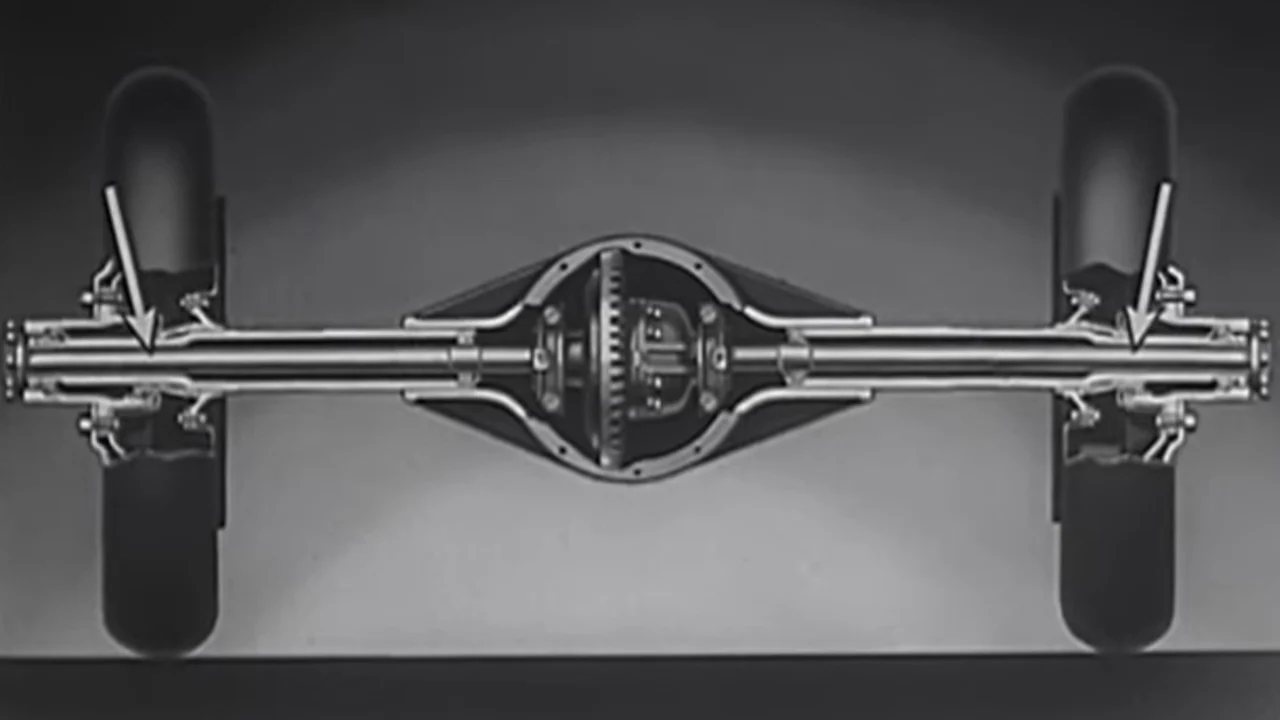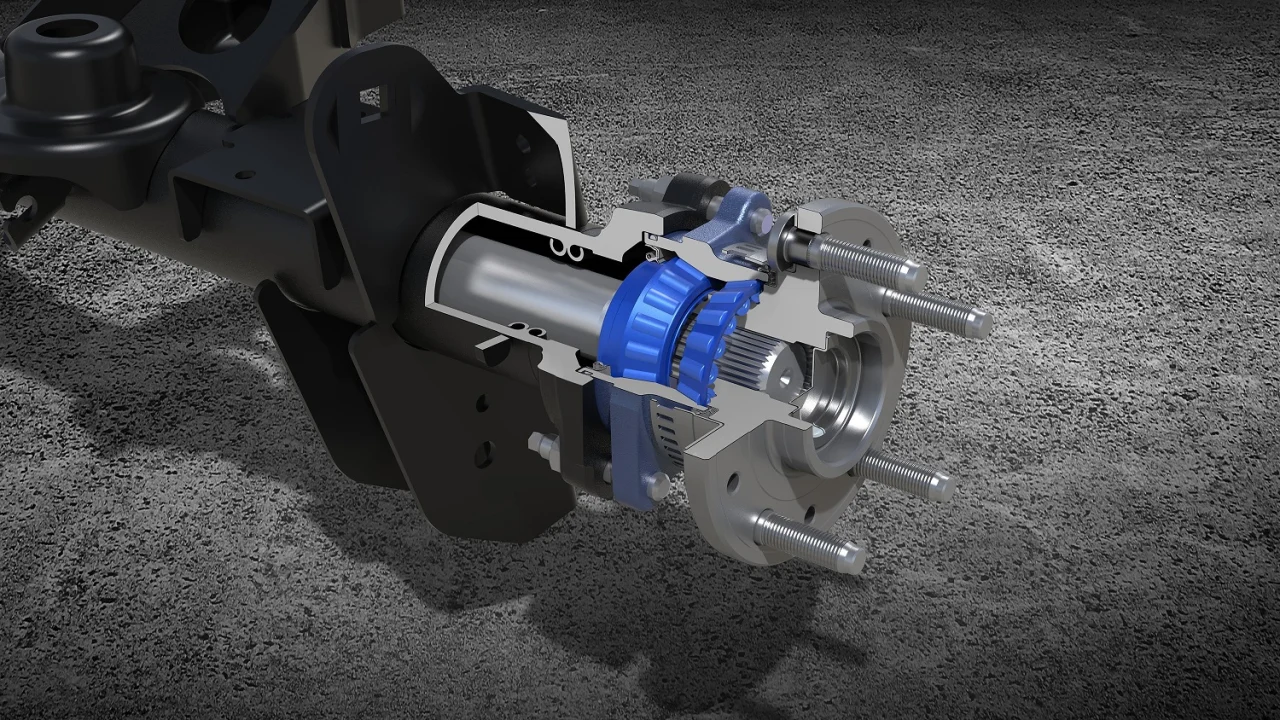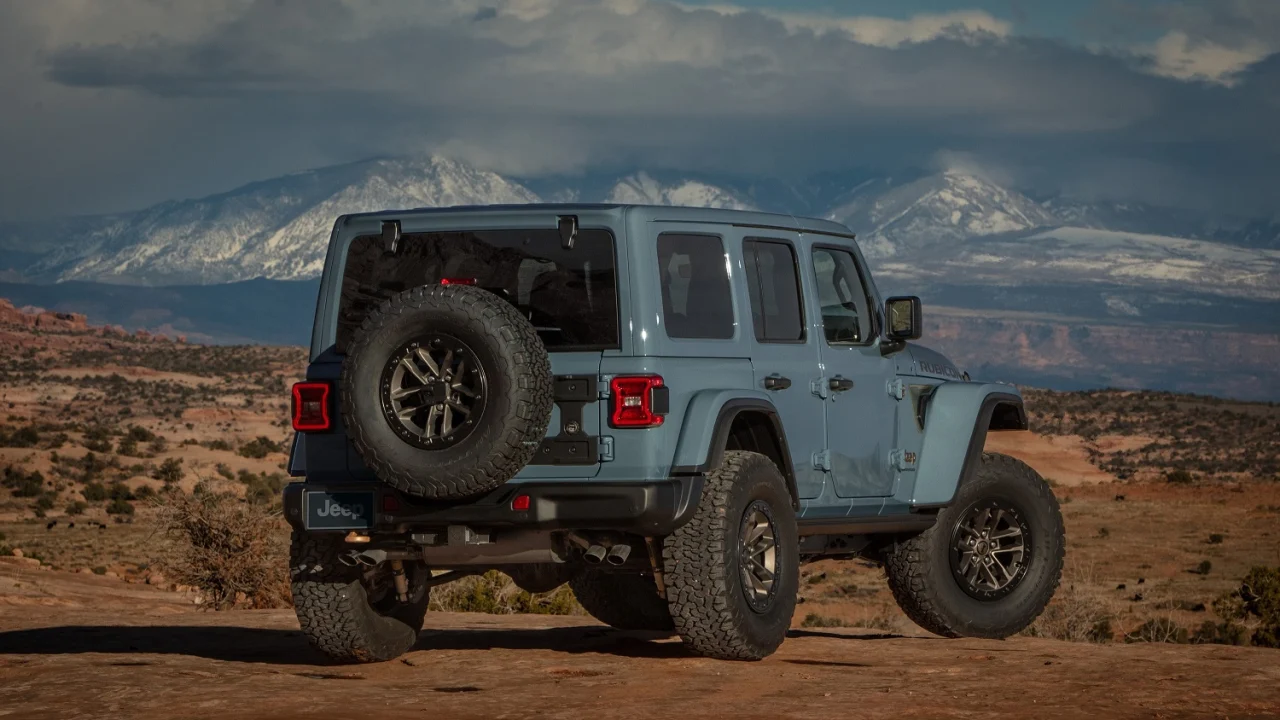The longer you live, the more you see things repeat themselves. What was once old becomes new again. It’s the same in the automotive world. Companies bring back long-dead nameplates (sometimes in a different body style, aka the last-generation Dodge Charger) or pay homage to a decades-old icon with a current model (*cough* Bugatti Centodieci! *cough*). I recently learned from the video below that Chevrolet gave some of its trucks a full-float rear axle for the 1936 model year—a design which Jeep made standard on the Wrangler Rubicon starting in 2024.

As part of a long list of upgrades to its 1936 trucks, which included higher compression, better engine cooling, and improved fuel economy, Chevy equipped its one- and 1.5-ton models with a full-float rear end consisting of axle shafts within a robust outer assembly. As the video explains, “All these axle shafts have to do is turn the wheels. They do not bear the weight of the load as it is borne by this husky axle housing.” If an axle shaft did break, the driver could swap it out for a new one without having to take off the associated wheel.

The Wrangler Rubicon received a similar upgrade last year. Granted, the Dana 44 rear axle benefits from nearly 90 years of technological advancements, but the basic benefits are the same. The full-float setup “consists of a wheel hub assembly that is separate from the axle shaft, with a spindle bolted to the axle tube that supports the wheel hub via a pair of wheel bearings,” according to Stellantis. Not only can a full-float design potentially tow more weight, but in worst-case scenarios, it also allows broken axle shafts to be replaced without the entire rear axle assembly being pulled off—a great thing when you’re hours away from your local off-road shop (just remember to bring tools and a spare shaft or two).

Within the next few weeks, we’ll bring you our written and video reviews of the 2025 Jeep Wrangler Rubicon 392, which not only has a full-float rear axle but also a 470-horsepower 6.4-liter Hemi V8 as well. It’ll be the first in what should be a long line of Jeep reviews on The ClassicCars.com Journal. Perhaps in the near future we can show you what to expect from the 2025 Jeep Wagoneer Super, Jeep’s modern version of the Super Wagoneer from the 1960s.

